These affordable and popular food storage containers have become known worldwide thanks to their sturdiness and ease of use. It makes sense you’d want to reheat your food directly in the container it was stored so you’re probably asking the same question as me: is Tupperware microwave safe?

Tupperware is reusable, practical, and sturdy checking all the right boxes when it comes to food storage.
Invented by chemist Earl Tupper in 1946, they’ve gone through numerous improvements. Back then, the microwave was a novelty just starting to gain tracks in the food industry and residential use was non-existent.
As microwaves became more and more popular, Tupperware had to adapt. Safe to say, many of us are still concerned and have some questions.
Is Tupperware actually microwave-safe? Can you tell if it’s not? Is there a right or a wrong way to microwave Tupperware? Let’s find out!
Is Tupperware Microwave Safe?
According to Tupperware, their containers are microwave safe if marked as such. Look for an icon with squiggly lines on the bottom of the container. If it’s missing or it’s crossed it means your container is not microwave-safe.
The microwave-safe symbols below are some examples. The icon on your container might look a little different but still similar since there is no specific standard set in place.
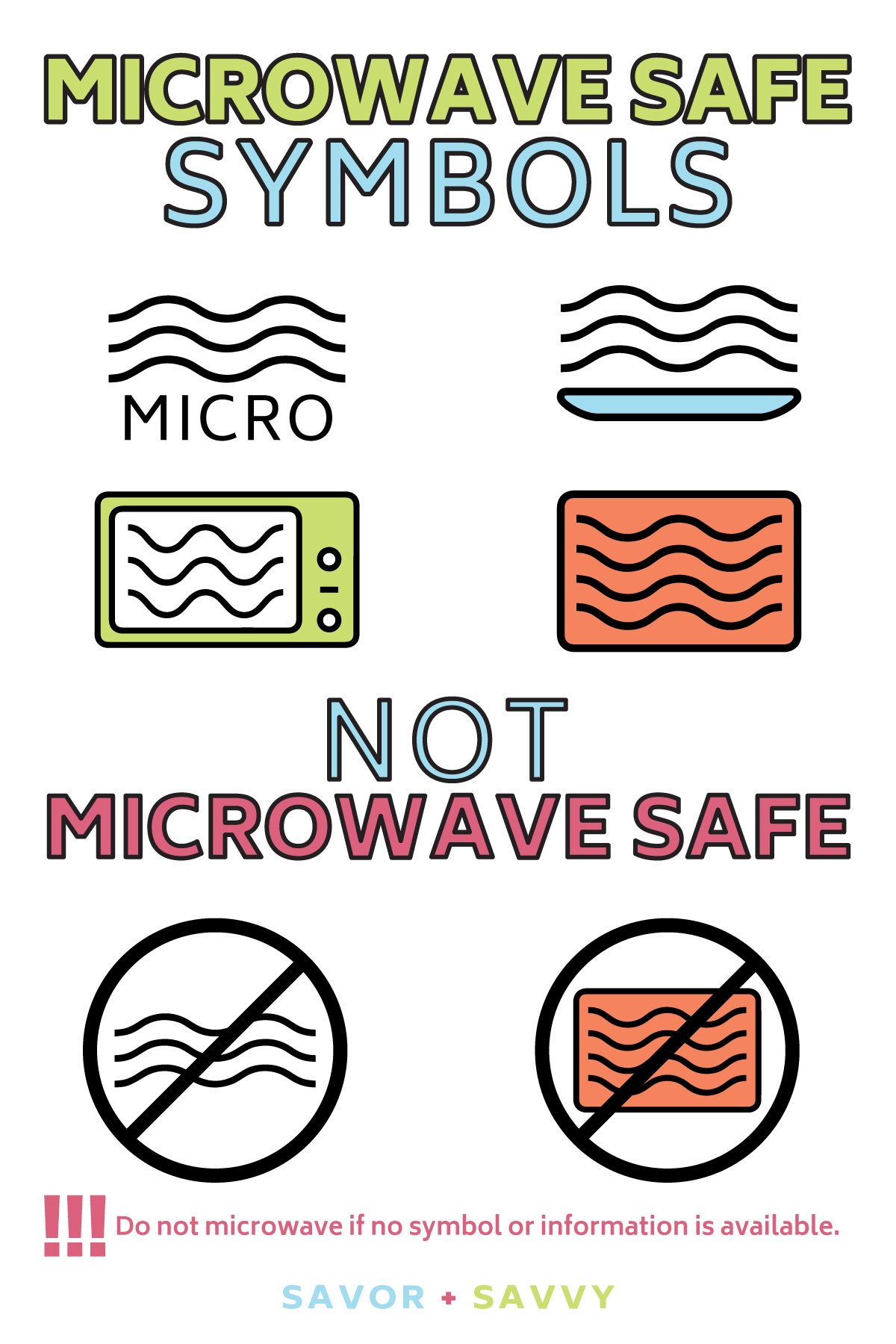
Other Ways To Tell If Your Tupperware Is Microwave Safe
If there is no microwave symbol, image, or text information search for a plastic recycling symbol like in the image below.

There are seven families of plastics that are identified by their resin id codes, numbered from 1 to 7.
- Polyethylene terephthalate (PET or PETE)
- High-density polyethylene (HDPE)
- Polyvinyl chloride (PVC or V)
- Low-density polyethylene (LDPE)
- Polypropylene (PP)
- Polystyrene (PS)
- Other/(PLA) – other plastics
Only containers made from HDPE (plastic #2), and polypropylene (PP – plastic #5) are microwave-safe. If you see plastic #1, #3, #4, #6, or #7 on your container’s label then it’s not suitable for reheating food.
Another way to find out if your Tupperware can be used in a microwave is to search for it in the producer’s reheatable product line.
Last, but not least, ask yourself when did you purchase your Tupperware? Tupperware eliminated Bisphenol A (BPA) from their products starting in 2010. They also note that all their microwave-safe products have the corresponding symbol with squiggly lines.
If your Tupperware is older than 2010, it’s a good idea to discard it and purchase a set of new containers.
Is All Tupperware Microwave Safe?
No, not all Tupperware is safe to use in the microwave. Some of their containers are designed for storage purposes only. Look for the microwave-safe icon with squiggly lines on the bottom of the container before using it to reheat food.
It’s true that since 2010 all Tupperware is BPA free but containers not marked as microwave-safe may contain other chemicals, such as styrene and phthalates that can leech into your food or simply not withstand high temperatures.
When in doubt, transfer the food to a container you are 100% sure is microwave safe before reheating.
Glass vs Plastic Tupperware – Which Is Better?

Tupperware comes in both glass and plastic and both are very sturdy. From a health standpoint, glass containers are safer for microwaving food and eliminate the risk of harmful chemicals transferring to your food.
However, there’s one thing you’ll need to be careful with. Glass Tupperware can shatter in the microwave from thermal shock.
This seems to happen mostly with frozen glass containers, so if you like to freeze food in them, don’t reheat it straight from frozen.
Allow the food to thaw overnight in the fridge, and only then place it in the microwave.
Tupperware glass containers are freezer safe, just like plastic ones. They won’t crack or shatter if you keep them in the freezer.
The only problem is when you try to reheat them from frozen so if this is something important to you, use the plastic Tupperware.
How To Microwave Tupperware
Tupperware is not very pretentious but there are still some rules you need to follow for safety precautions. Here’s what Tupperware advises for using their containers in the microwave:
- Use only products marked as microwaveable to reheat food.
- Microwave your Tupperware only with the vent cap open.
- Don’t close the vent cap right after reheating.
- Reheat in intervals no longer than 3 minutes. At least every 3 minutes, remove the lid and give the food a good stir.
- Use a medium heat setting to reheat food.
- The maximum supported temperature is 248°F (120ᴼC), and the maximum power is 600W
More Tips For Microwaving Tupperware
Even with all the safety precautions new microwave-safe containers are produced, there’s still some debate on the risk of chemical leaching from plastic into the food.
For this reason, I recommend you allow food to cool to room temperature before transferring it to a Tupperware or any other microwave-safe storage container.
When purchasing new Tupperware, always read the manufacturer’s guidelines for safe usage.
If possible, reheat your food in smaller batches. This will lower the heat stress on the plastic container.
Foods rich in fats, oils, and sugar can reach higher temperatures than the boiling point of water during reheating. This can lead to exceeding the supported temperatures and cause the plastic to melt. Always reheat food in intervals and stir in between to prevent overheating.
Reheated foods are safe to eat when their internal temperature reaches 165°F (74°C) which is well below the maximum Tupperware-supported temperature of 248°F (120ᴼC).
Don’t use Tupperware older than 2010, or containers with noticeable damage, stains, or a bad smell.
Always transfer food from single-use containers for long-term storage. Also, don’t microwave single-use containers since they were not designed to be microwave safe.
Can You Microwave Tupperware With The Lid On?

Yes! Microwaving Tupperware containers with the lid on will trap in steam causing the food to heat up faster without cold spots. It will also prevent food splatter in your microwave oven.
While it’s okay for the lid to be closed, make sure the vent is open while microwaving to avoid pressure buildup in the container.
Tupperware and all microwave-safe containers with a lid are equipped with a vent. Never microwave food with the vent closed or with a lid that doesn’t have one. It can cause the container to burst open and make a mess.
Microwave Safe Alternatives To Plastic Tupperware

Meal prepping is a normal part of my life, which means I’m not lacking storage containers. I highly recommend it if you want to eat more homemade meals, spend less time in the kitchen, and save money at the same time.
It’s a good idea to have various types of Tupperware and other storage containers, especially if you often need to reheat food.
Here are my top 10 meal prep containers which will help you easily store and organize the dishes that you make.
Plastic Tupperware has improved over time and some pressing safety concerns such as BPA have been eliminated from their products. However, there’s still an ongoing debate about chemical leaching into food even from plastic containers marked as microwave-safe.
Here are some of the best microwave-safe alternatives to plastic Tupperware:
- Glass Tupperware – Glass is one of the safest materials to rely on when microwaving food. You’ll just need to be careful when handling your glass containers and never microwave them from frozen to avoid thermal shock.
- Ceramic Containers – Microwave-safe ceramic dishes are also a great option. There are lots of ceramic containers that are not suitable for reheating, so check the product instructions just to make sure yours are.
- Stainless Steel Tupperware – As far as sturdiness go these are at the top of the list. Of course, you can’t use a metallic container in the microwave but they will work great if you want to reheat food in the oven.
- Silicone Containers – Unlike plastic, silicone doesn’t leach chemicals into food when microwaved and it’s also oven safe. Also, you can microwave a silicone container straight from frozen, and it won’t break.
F.A.Q.
Yes. All Ziploack food storage containers are microwave safe, says Staples. Just to be safe, look for microwavable symbols on the container.
Yes. The 365+ and Pruta product lines are both microwave and dishwasher-safe. If you cannot identify your IKEA Tupperware check the bottom for microwavable symbols.
Rubbermaid’s food storage containers in the Takealongs, Brilliance, and EasyFindLids product lines all have a microwave-safe base. This means you can use them to microwave food as long as the lid is off.
The FreshWorks containers from Rubbermaid are not microwave-safe as they were designed to store foods in the refrigerator.
According to Tupperware, all their current products are dishwasher safe unless otherwise noted. Check for a dishwasher safe symbol on the container. Usually it’s a wine glass, one or more plates and a water droplet or a few lines suggesting the dish is being rinsed.
Note: Tupperware products older than 1980 are not dishwasher safe since back then, dishwashers were not a common appliance.
Yes. As long as you your Tupperware containers are marked as microwave safe you can keep using them. When they become visibly damaged or deteriorated replace them with a new set.
Yes. Use the defrost setting to thaw food frozen in plastic or glass Tupperware. As long as your Tupperware is both freezer and microwave safe you can use it for both freezing and thawing the food on the defrost setting.
This method is particularly useful for the glass containers as reheating them straight from frozen can cause thermal shock, breaking them.
Hi!
Ginny Collins is a passionate foodie and recipe creator of Savor and Savvy and Kitchenlaughter. Indoors she focuses on easy, quick recipes for busy families and kitchen basics. Outdoors, she focuses on backyard grilling and smoking to bring family and friends together. She is a lifelong learner who is always taking cooking classes on her travels overseas and stateside. Her work has been featured on MSN, Parade, Fox News, Yahoo, Cosmopolitan, Elle, and many local news outlets. She lives in Florida where you will find her outside on the water in her kayak, riding her bike on trails, and planning her next overseas adventure.

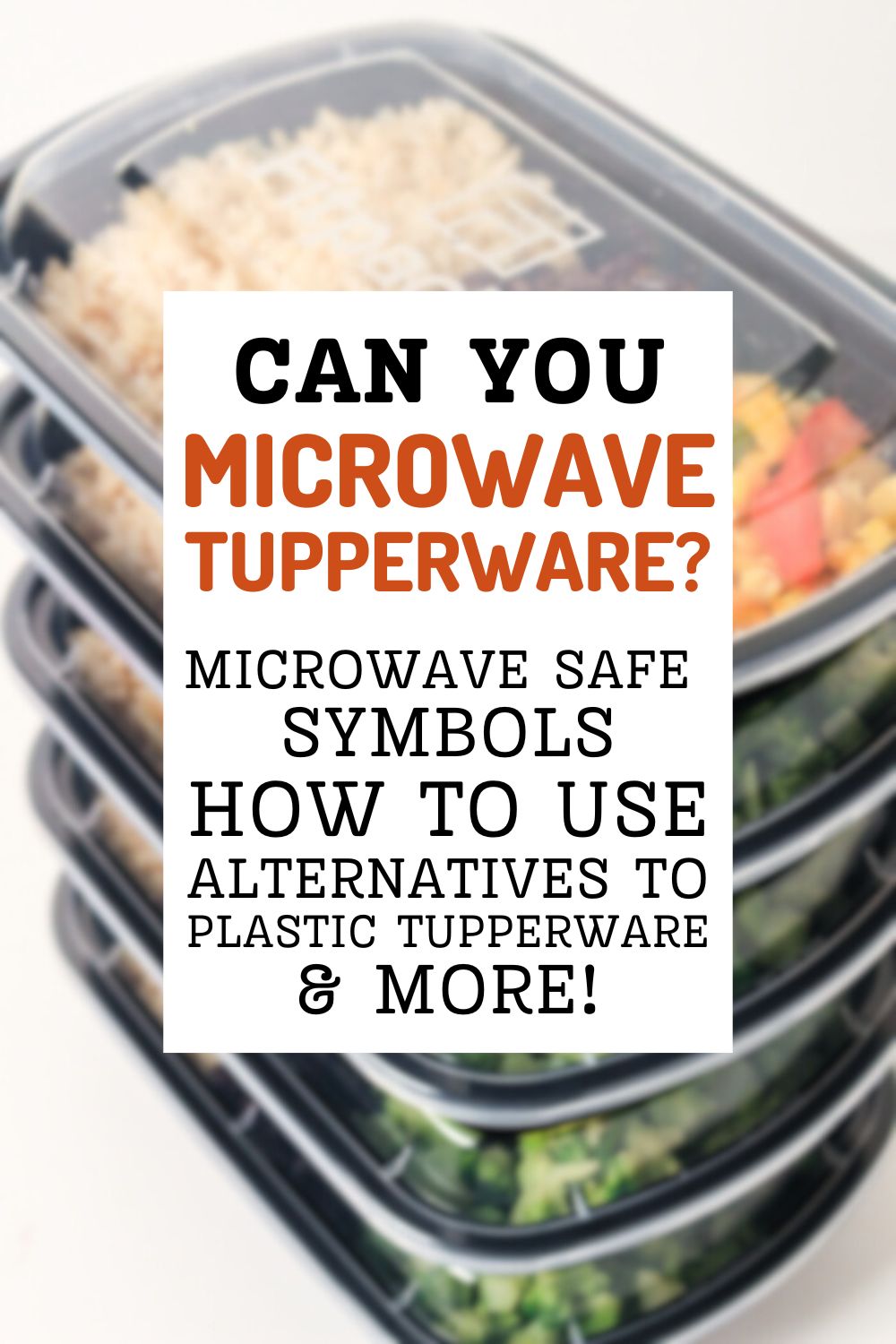


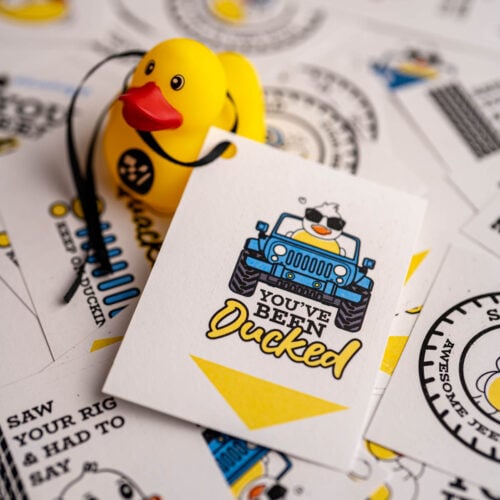
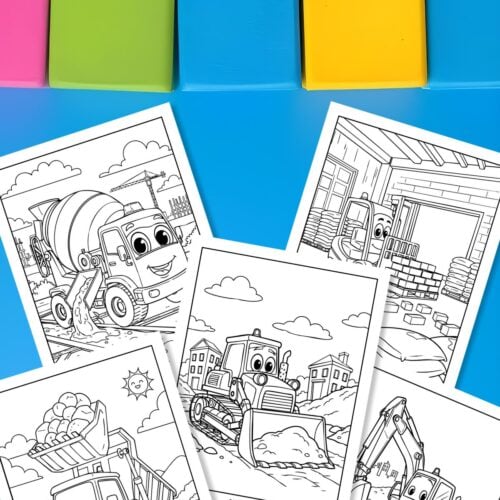
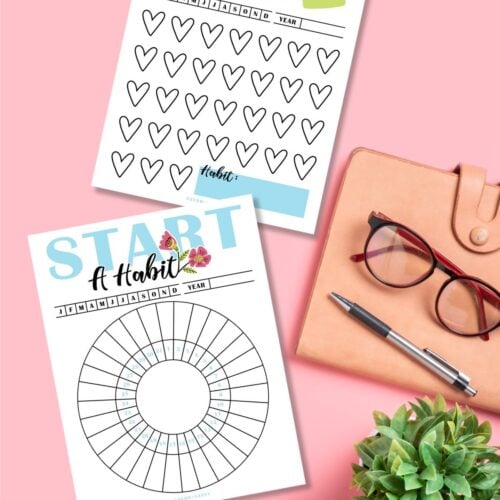

Hi,
Just letting you know you have #5 Polypropylene (PP) colored in red on your sign and #6 Polystyrene (PS) colored in green.